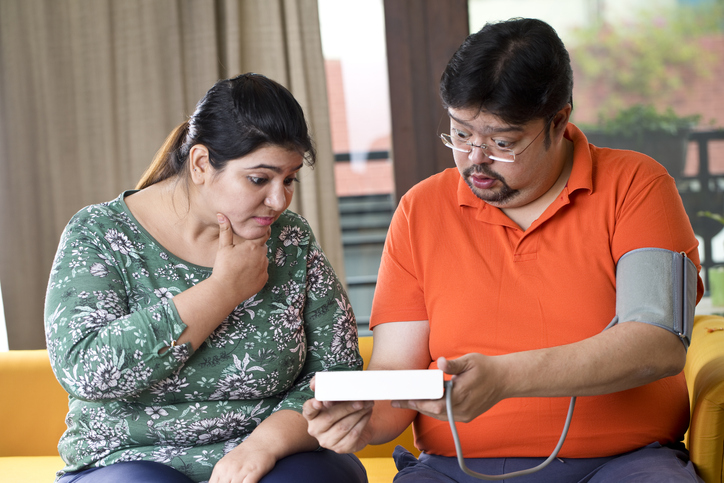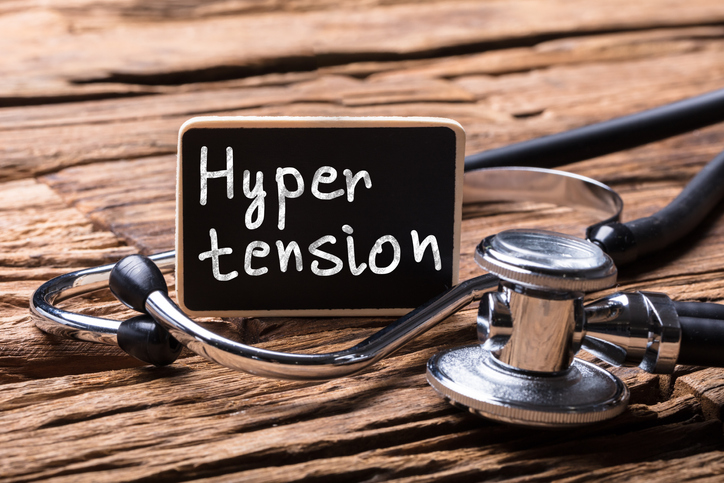It’s been assumed for years that patients with high blood pressure (BP) should cut back on salt. When we eat carbohydrates (sugars and starches) our pancreas releases insulin into the blood. This pushes glucose into the cells. Insulin has hormonal effects far wider than just controlling blood sugar. It causes the release of anti-diuretic hormone (ADH). The kidneys then retain water and salt. Blood volume is increased and BP rises.
Insulin resistance.
If we eat more carbohydrates than the body can cope with our cells start to resist the action of insulin. The pancreas initially responds by producing more of the hormone to over come this. The tissues reply by becoming further resistant.
The wise Dr Unwin.
Dr David Unwin has created a series of infographics at https://phcuk.org/sugar/. These illustrate how many common foods convert to equivalent teaspoons of sugar. He also has a lecture on you-tube about how we have blamed salt for what sugar does. Dr Unwin is a Family Physician from the North of England.
High blood pressure and carbohydrates.
If someone with high BP cuts back on the total grams of carbohydrates to say 25 a day their blood sugar spikes will flatten and their insulin level will drop. Less ADH is produced and a natriuresis occurs. That is salt and fluid are shed by the kidneys. The patient experiences weight loss and a drop in their BP. For this reason if a patient is taking medication BP the change in diet needs to be medically supervised. Medication may need to be de-prescribed to avoid low BP or hypotension.
In Functional Medicine we look for the root cause of medical conditions. This is instead of palliating symptoms with a pharmaceuticals. High blood sugar from our artificial, species inappropriate diet may unwittingly be contributing to a common and preventable medical problem.


